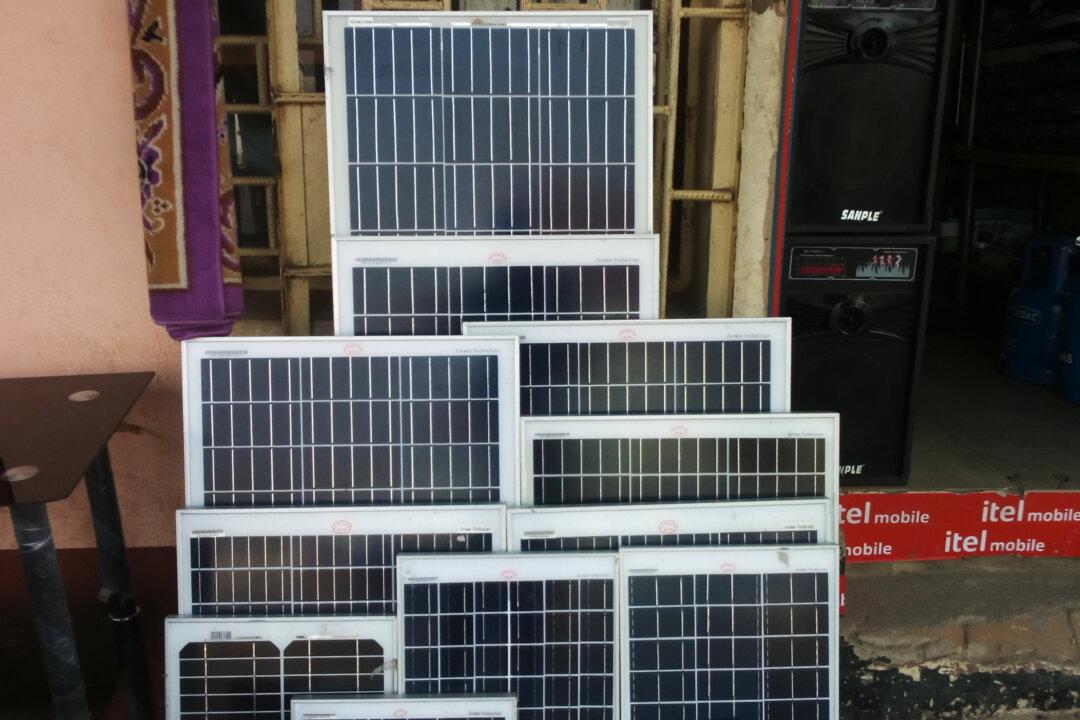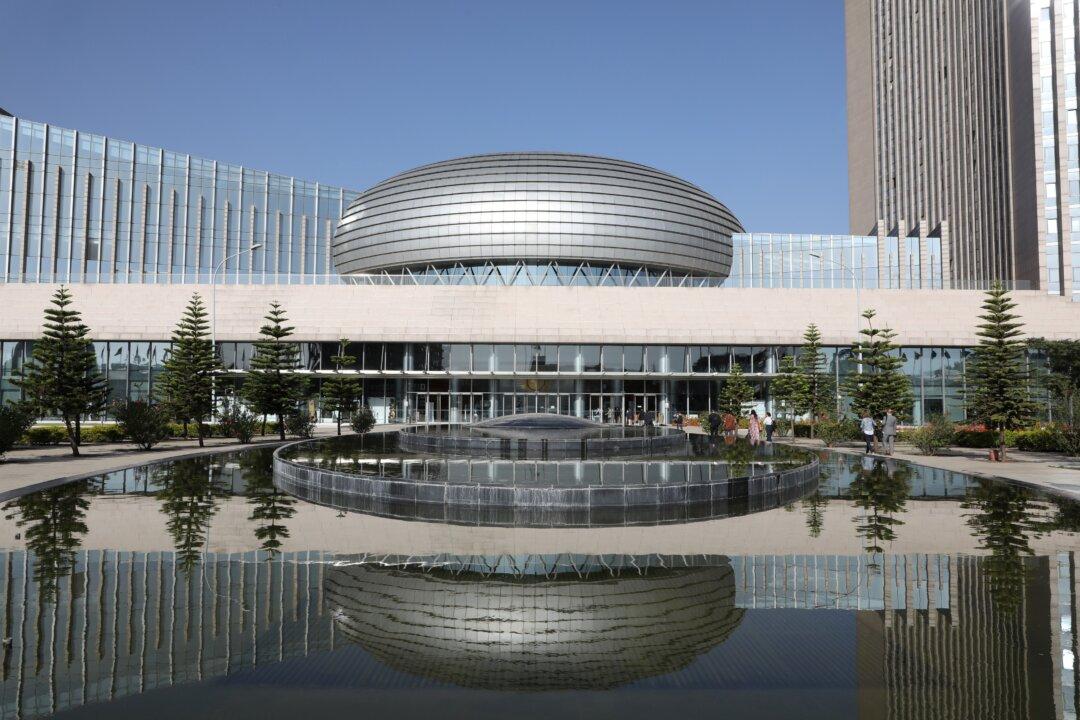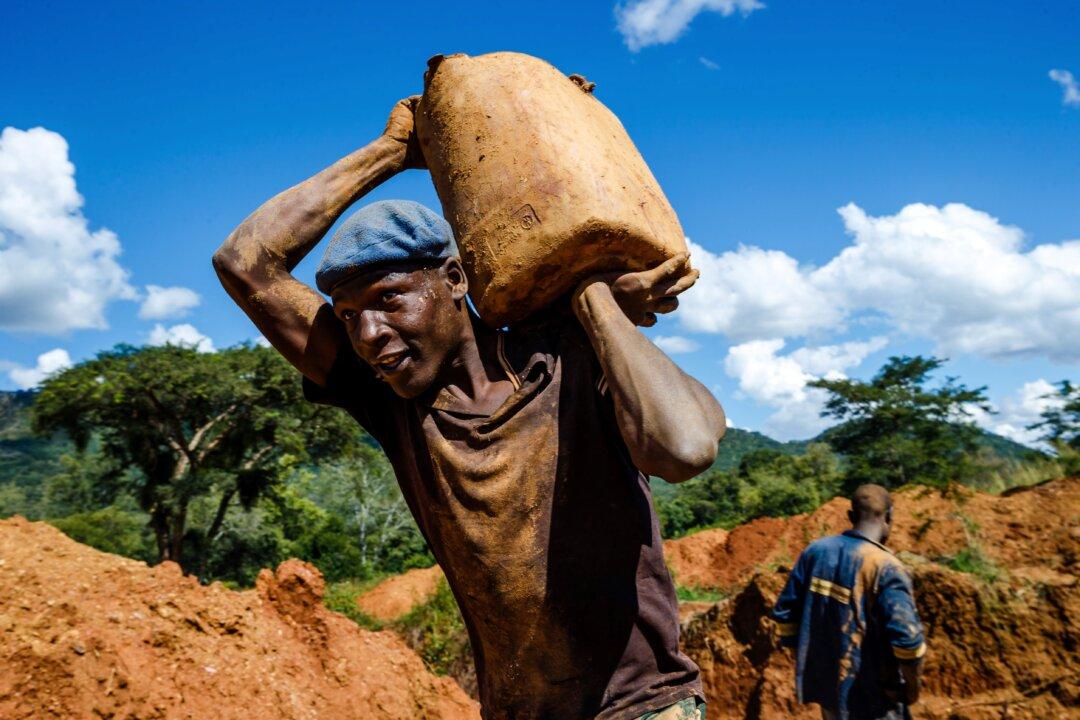MUTARE, Zimbabwe—Chinese businesses are taking advantage of the rising demand for renewable sources of energy in Africa to dump substandard solar panels on the continent’s market, energy experts say.
In Zimbabwe, Nobert Mataruse, an engineer with the Zimbabwe Energy Regulatory Authority (ZERA), recently warned people to be cautious about substandard products.





